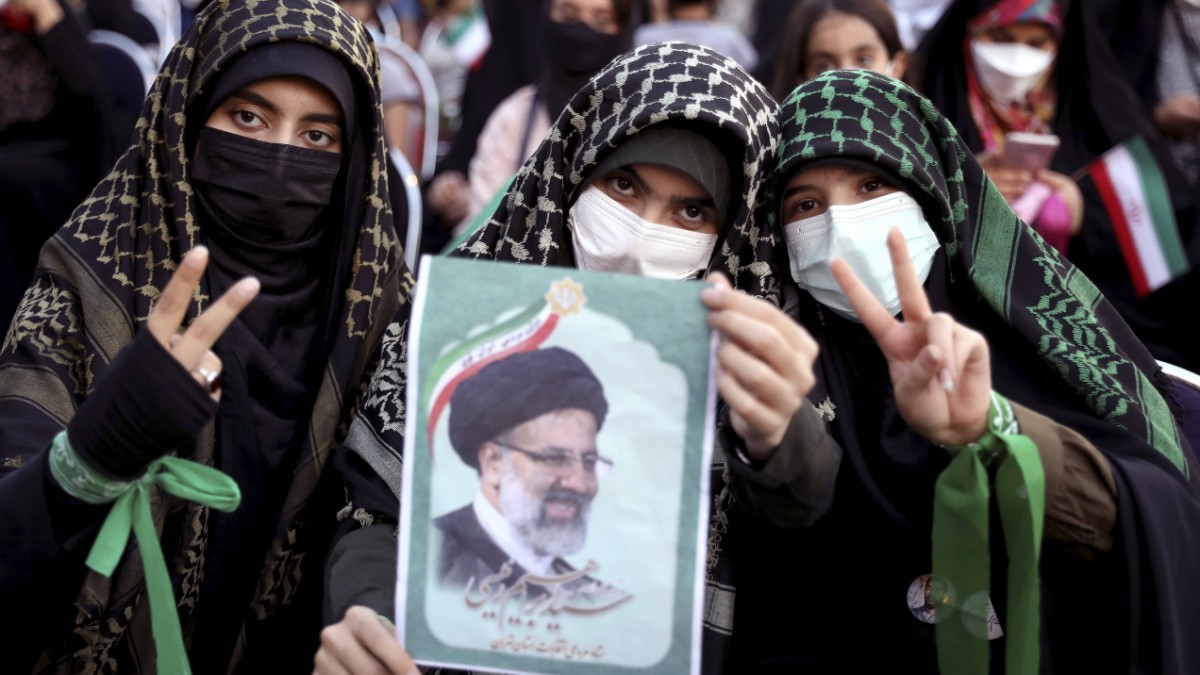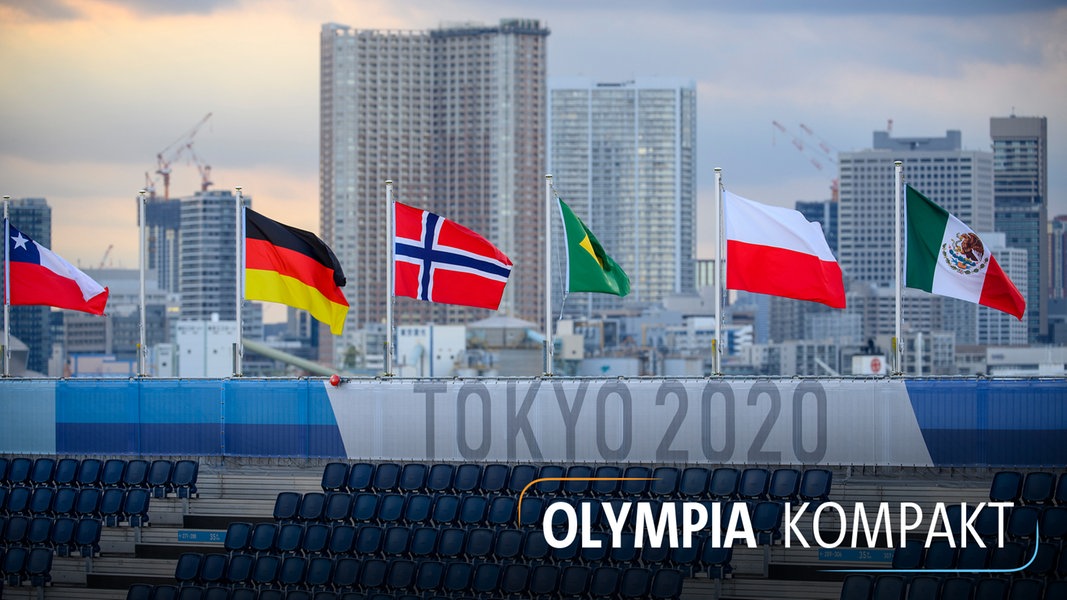Iran’s new President Ebrahim Raisi devoted his first campaign speech at the end of May to the massive economic crisis – the topic that affects most people in Iran. He promised to create four million jobs, build four million homes and give the poorer half of the population low-interest loans within four years. He also announced that he would subsidize the health care system more and lower rents.
What the 60-year-old cleric and lawyer did not explain very much: how he wants to implement his ambitious plans and, above all, finance them. He spoke of expansionary monetary policy. The central bank is supposed to print money to finance rising government spending. But the inflation of almost 40 percent is already eating away at salaries.
The downward spiral has accelerated since then. When the hardliner is inducted into office by Supreme Leader Ayatollah Ali Khamenei this Tuesday, he will take over the country in a concentration of acute crises – they will feed the already great discontent among the population, which is directed against the entire regime, and fuel protests.
The fifth corona wave is raging in Iran. With more than 30,000 registered new infections and officially 350 deaths per day, the numbers are higher than ever before. The outgoing government of President Hassan Rouhani was forced to send the capital Tehran and other regions into a new lockdown and to close shops. Many, however, have long since ceased to be able to afford not to work and ignore the instructions.
Fields and plantations wither, the cattle die of thirst
Then there are the protests against water shortages in the province of Khusestan, where hundreds of villages depend on tankers for drinking water, fields and plantations wither and cattle die of thirst. They have continued unabated since mid-July. The government admits that the earliest hope for a remedy is the rain in late autumn. Iran is experiencing the driest and hottest summer in more than 50 years.
The dams that divert the main rivers of what is actually the most water-rich province on their upper reaches into the central Iranian plateau are empty – which also leads to power outages because hydropower plants are no longer running. At the same time, the dams are a symbol of corruption and government mismanagement.
The situation in Khusestan is doubly sensitive for the regime: the most important oil fields and two thirds of the gas reserves – the most important sources of foreign exchange – are located there. Yet there is a lot of poverty and unemployment. The Shiite Arabs, the majority in Khusestan, see themselves discriminated against by the central government.
In the multiethnic state, Iranian Azerbaijanis were the first to show solidarity with them, with 15 to 20 percent of the population the largest minority in the country. The protests are now spreading to other provinces and major cities, including Tehran, despite the fact that the authorities have cut Internet connections in Khusestan.
Even the Supreme Leader has admitted that the people in Khusestan cannot be accused of protests, but that their concerns should be dealt with. Regardless of this, the regime sends special units of the police and the Revolutionary Guards to shoot hard. At least nine people have been killed and hundreds arrested. The people chant: “Don’t worry, don’t worry, we’re all standing together!” and “Death to the dictator!” – means Chamenei.
A conservative turnaround, as many in Iran under Raisi expect, could exacerbate the situation. Many Iranians, especially the young, reject the further restriction of social freedoms. Over the decades of his legal career, Raisi has also made a name for himself with relentless repression.
The regime’s legitimacy has been severely damaged after the Guardian Council, a Khamenei-controlled body of lawyers and clergy, excluded all serious opponents from Raisi’s election. What qualified him is neither political experience nor economic competence, but above all devoted ideological loyalty to the line. The Iranians know that.
The ultra-conservatives already dominate parliament – which the Guardian Council had also taken care of – and now also the government. They have always been in charge of the security apparatus and the office of the Supreme Leader. But in the presidential election only 48.5 percent of eligible voters cast their vote – a drop of 25 percentage points and the lowest turnout since the Islamic Revolution in 1979. Regardless, they are now trying to fight their reactionary socio-political agenda.
Outrage over plans for even more internet censorship
Above all, millions of Iranians are outraged by a planned law that would radically expand and tighten internet censorship and make access to social media more difficult. The MPs passed the law in principle, but the details are still to be worked out. Among other things, it is planned to ban so-called VPN tunnels, which enable access to websites that are blocked in Iran. It is still controversial whether popular news services such as WhatsApp or the Instagram platform will be blocked. The long-cherished plan of the hardliners is a network for Iran that is decoupled from the rest of the world. It is a nightmare for the people – the protests, which extend into Rohani’s cabinet, are correspondingly violent.
There is already speculation that Raisi will stop the law to polish his popularity. Because he will not be able to alleviate the economic misery, Iran’s biggest problem, in a hurry. It is true that the hardliners are talking about a resistance economy that is supposed to decouple Iran from the West and make it immune to sanctions. But in the short term, Raisi hardly remains a promising alternative to a deal with the USA to return to the nuclear deal. That would bring Iran far-reaching relief in terms of sanctions and access to urgently needed frozen assets abroad.
The sanctions Washington personally imposed on Raisi for his involvement in the most serious human rights violations, most recently in 2009 during the violent suppression of the green revolution, are likely to play a role.
In Sweden, a few days after Raisi took office, a process begins that will bring his past back into international focus. A former employee of the Gohardascht prison near Tehran is accused. There and in other prisons, thousands of political prisoners were executed in 1988 on the orders of the revolutionary leader Ayatollah Ruhollah Khomeini, the majority of them belonging to the anti-regime People’s Mujahedin. Raisi was on a four-person commission that ruled on the extrajudicial death sentences. Statements in the process could shed light on this dark chapter.
– .


